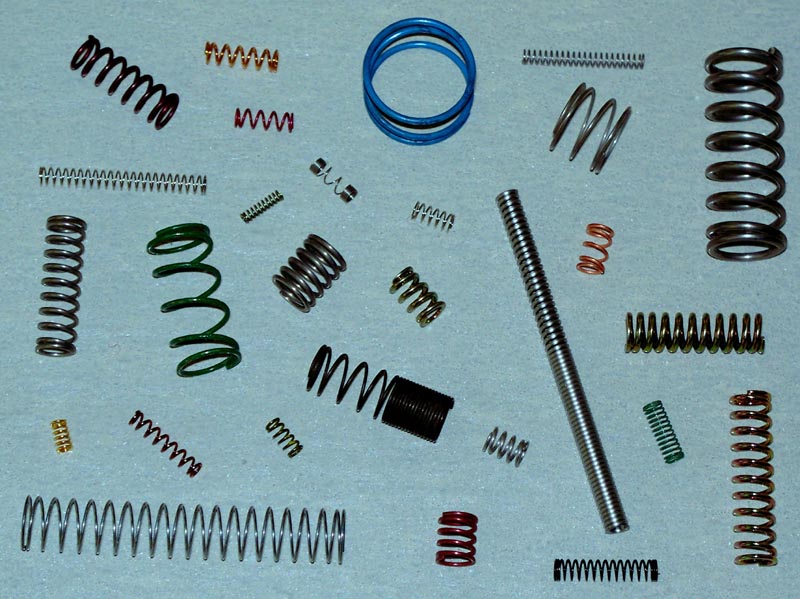Compression Springs
Overview of Compression Springs
Compression springs are crucial components in various applications where they provide resistance to compressive forces, absorb shock, or maintain a force between contacting surfaces. These springs are designed to compress under load, storing mechanical energy and releasing it when the load is removed. Typically, compression springs are wound with a consistent pitch and can come in various shapes, including cylindrical, conical, or barrel-shaped.
Unique Capabilities of DR Templeman Spring
The DR Templeman Spring excels among compression spring manufacturers, particularly in producing both stock and custom precision springs. Our engineering and spring making expertise and cutting-edge production capabilities allow us to meet the high standards required by various industries. Discover more about our capabilities and size ranges by exploring the links below:
Applications of Compression Springs
Compression springs are used in a wide array of applications, including:
• Medical Devices: Essential for devices such as inhalers, syringes, and orthopedic implants.
• Consumer Electronics: Found in buttons, switches, and battery compartments of various electronic devices.
• Industrial Machinery: Provide the necessary force in clamping devices, valves, and actuators.
• Aerospace: Utilized in landing gear, flight control systems, and various other aerospace components.
Compression Spring End Configurations
Compression springs can be designed with various end configurations to suit specific application needs. These configurations can include closed and ground ends, closed and not ground ends, open ends, and custom shapes. As a leading manufacturer, we offer a wide variety of end configurations to meet diverse requirements.
Why Choose The DR Templeman Spring?
• Stock Compression Springs: We specialize in stocking a wide range of stock compression springs available online and ready for immediate delivery. Our compression springs meet the highest quality standards. Available in a wide selection of leg end positions.
• Custom Compression Springs: Our ability to produce various end configurations and meet unique requirements ensures you get the ideal compression spring for your application.
• Advanced Production Capabilities: Continuous investment in state-of-the-art equipment and proprietary manufacturing processes enables us to deliver top-notch products consistently.
Contact Us
Ready to find the perfect compression spring for your application? Contact The D.R. Templeman Company today to discuss your needs and discover how our unique capabilities can benefit you.



